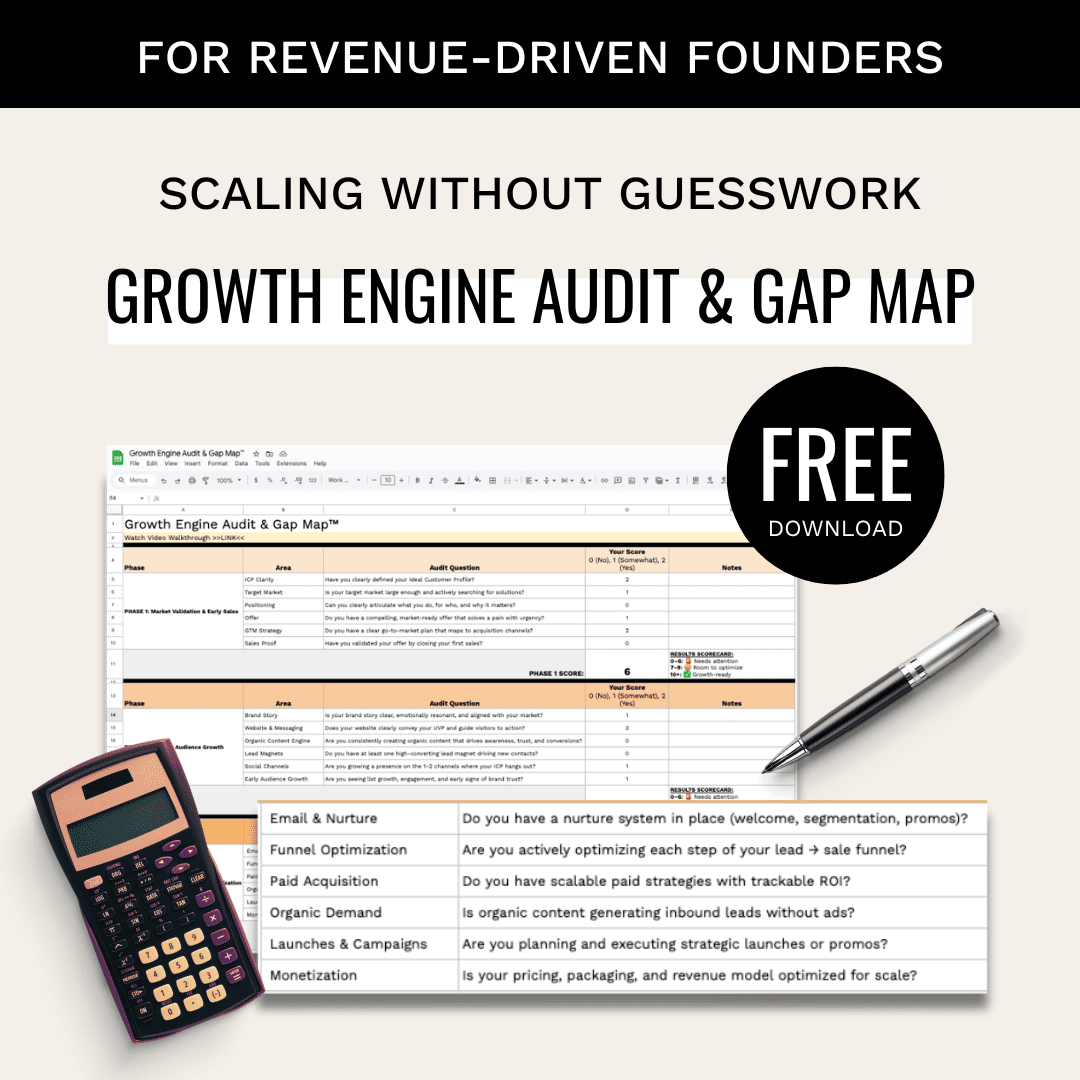Unlock Growth with a CAC Calculator
Running a business means keeping a close eye on every dollar spent, especially when it comes to gaining new customers. Figuring out how much you’re investing to bring in each client is a game-changer for optimizing your marketing and sales efforts. That’s where a tool to measure your cost per acquisition comes in handy—it strips away the guesswork and gives you hard numbers to work with.
Why Tracking Acquisition Costs Matters
Every marketing channel, from paid campaigns to word-of-mouth referrals, has a different impact on your bottom line. Without clear data, you might pour funds into underperforming strategies while neglecting the ones driving real results. By calculating the expense of acquiring customers, you can pinpoint which channels deserve more investment and which need a rethink. This isn’t just about cutting costs; it’s about spending smarter to fuel sustainable growth.
Beyond the Numbers
Beyond raw figures, understanding these metrics helps you align your budget with long-term goals. Are you building a loyal customer base, or just burning cash on short-term wins? Pair this insight with lifetime value analysis, and you’ve got a roadmap to profitability that’s grounded in reality. Dive into our free tool today and start making data-driven decisions that stick.
FAQs
What exactly is Customer Acquisition Cost (CAC)?
CAC is the average amount you spend to acquire a single new customer. You calculate it by dividing your total marketing and sales expenses over a set period by the number of customers gained in that time. For example, if you spent $10,000 in a month and got 100 new customers, your CAC is $100. It’s a crucial metric because it shows how efficient your growth efforts are—and whether you’re spending sustainably.
Why should I care about CAC by marketing channel?
Breaking down CAC by channel—like paid ads, organic search, or referrals—helps you see which strategies deliver the best bang for your buck. Maybe your social media ads cost $200 per customer while referrals are just $50. That kind of insight lets you double down on what works and rethink what doesn’t, ultimately stretching your budget further.
What’s a ‘healthy’ CAC for my business?
A healthy CAC depends on your industry and business model, but a good rule of thumb is that it should be less than your customer lifetime value (CLV). Ideally, aim for a CLV-to-CAC ratio of 3:1 or higher—meaning a customer brings in three times what it cost to acquire them. If your ratio is lower, it might be time to cut inefficient spending or boost retention to increase CLV.




